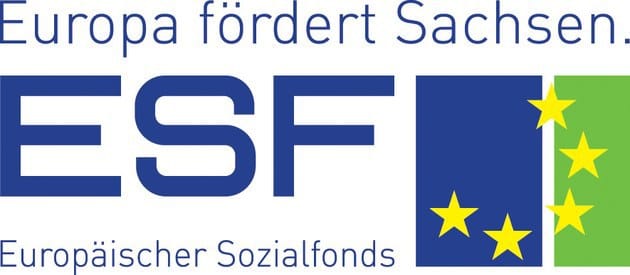How can highly automated driving be made safe in the future? And which scenarios do drivers or highly and fully automated vehicles need to be able to master so that the road traffic of tomorrow poses fewer dangers?
A consortium of Saxon project partners has been working on these and other questions over the past three years in the SePIA joint research and development project. The starting point was the fact that there are still no suitable and generally recognized test and inspection concepts for both the approval and field testing, including the regular technical inspection of motor vehicles with highly automated driving functions. Measures to ensure a correspondingly high level of performance must extend over the development period and, in particular, over the entire life cycle of automated vehicles.
As part of SePIA, a complex manufacturer-independent data platform with a large number of different traffic situations in road traffic was designed and implemented as a functional model. The data basis is formed by real driving and accident data, so that both “normal driving scenarios” and critical scenarios and accidents can be represented. The scenario-based platform has laid the foundation for measurably mapping human driving behavior and using it as a reference point for highly automated driving. Based on this, requirements for automated driving functions can be derived, which are used both for registration and for field inspections, including the general inspection of motor vehicles. With the publicly available prototype platform, SePIA has contributed to making highly automated driving safe in the future.
The SePIA research project was supported by the European Union with funding from the European Regional Development Fund as part of the Saxon state initiative “Synchronous Mobility 2023”. This initiative includes bundling the core competencies of Saxon industrial and research companies and establishing innovative research results (e.g. on new vehicle concepts, assistance functions or IT networks). With SePIA, this goal could be put into practice and at the same time Dresden could be strengthened as a science location.
The project is part of the state initiative “Synchronized Mobility” and runs from June 2017 to November 2020. The European Union is supporting the project with funding from the European Regional Development Fund (ERDF).
Supported by funds from the European Regional Development Fund (ERDF) and the Free State of Saxony.




